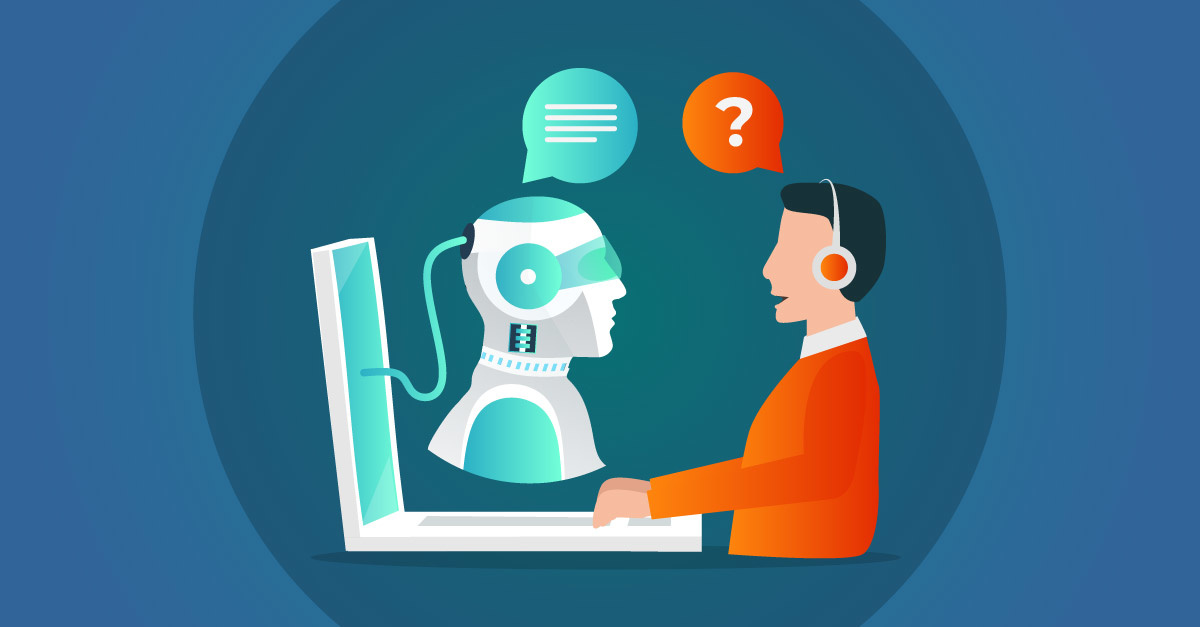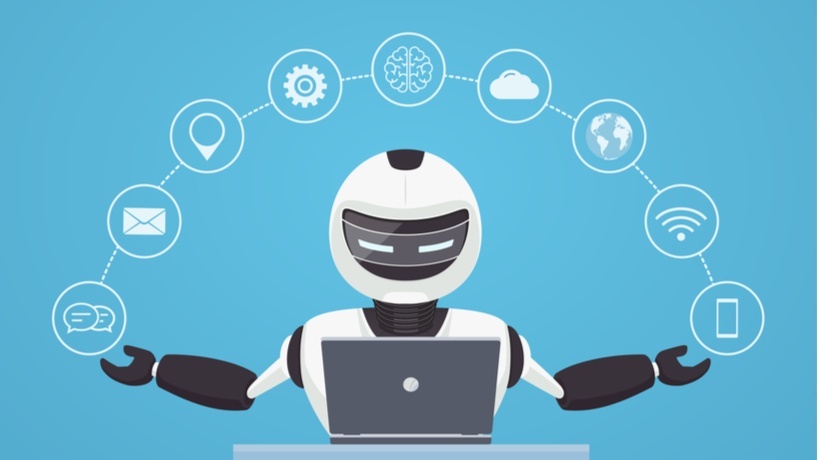AI's Role in Systems Engineering: Exploring New Trends and Developments
This article delves into the role of AI in systems engineering, highlighting the use of machine learning and natural language processing, and discussing the potential benefits, challenges, and risk mitigation strategies.
Author
EZ-AIAI's Role in Systems Engineering: Exploring New Trends and Developments
Artificial intelligence (AI) is making a big impact in many fields, including systems engineering. This area, which focuses on designing, managing, and improving complex systems, is ready for AI's transformative power. We're seeing more AI techniques being used to enhance systems engineering tasks, from analyzing requirements to designing and testing systems.
This article looks at the latest trends in AI's role in systems engineering, discussing the potential benefits and challenges.
One major trend is using machine learning, a part of AI, to automate and improve parts of the engineering process. Machine learning lets computers learn from data and make decisions or predictions without being specifically programmed. In systems engineering, it can be used for tasks like analyzing requirements, modeling systems, and optimization.
For example, machine learning can analyze large amounts of system requirements data, finding patterns and connections that might not be obvious to human engineers.
This can make the requirements analysis process faster and more efficient. Machine learning can also create predictive models of how a system will behave, letting engineers simulate and optimize system performance under different conditions.
Another exciting use of AI in systems engineering is natural language processing (NLP), which helps engineers and stakeholders communicate. NLP, another part of AI, focuses on how computers and human language interact, letting machines understand, interpret, and generate human language.
With NLP, systems engineers can better communicate complex system requirements and designs to non-technical stakeholders, promoting better collaboration and understanding.
For instance, NLP can automatically create easy-to-understand summaries of technical documents, helping non-experts understand a system's key concepts and requirements. It can also analyze feedback from stakeholders, finding common themes and concerns to address during the system design process.
How To Reduce Your Risk of Using AI in Systems
Using AI in systems engineering also has challenges and risks. One concern is that AI could make existing biases in the engineering process worse. Machine learning models are only as good as the data they're trained on, and if that data is biased, the models might be too. This could lead to system designs that don't meet everyone's needs.
To reduce this risk, systems engineers need to be aware of potential biases in their data and address them when developing models. This could involve using techniques like data augmentation or re-sampling to create more balanced training datasets or using bias-correction algorithms to adjust model predictions.
Another challenge is the need for transparency and explainability in AI algorithms. As AI models get more complex, it can be hard for engineers to understand how they work. This can make it difficult to validate and verify AI-driven systems, raising concerns about their reliability and safety.
To tackle this issue, researchers are developing techniques for explainable AI, which aim to make AI models more transparent and understandable. By using explainable AI techniques in systems engineering, engineers can better understand how AI-driven systems behave, helping them make better decisions about their design and implementation.
Conclusion
In conclusion, AI has the potential to revolutionize systems engineering, offering new tools to improve the engineering process. As AI continues to advance, we can expect to see even more innovative uses in systems engineering, helping engineers solve complex system design problems.
However, it's important to be aware of the potential risks and challenges of using AI, to ensure these powerful technologies are used responsibly and ethically to create better, more efficient systems for the future.



